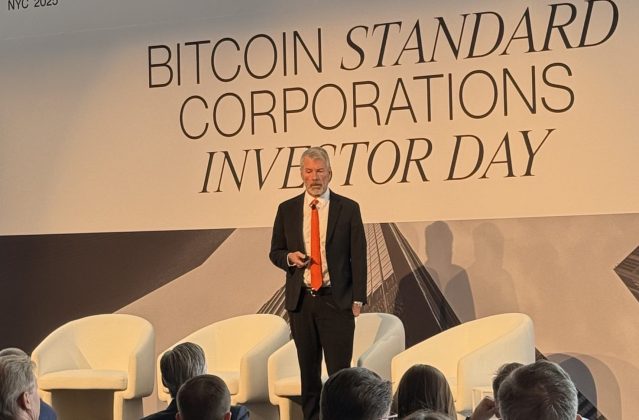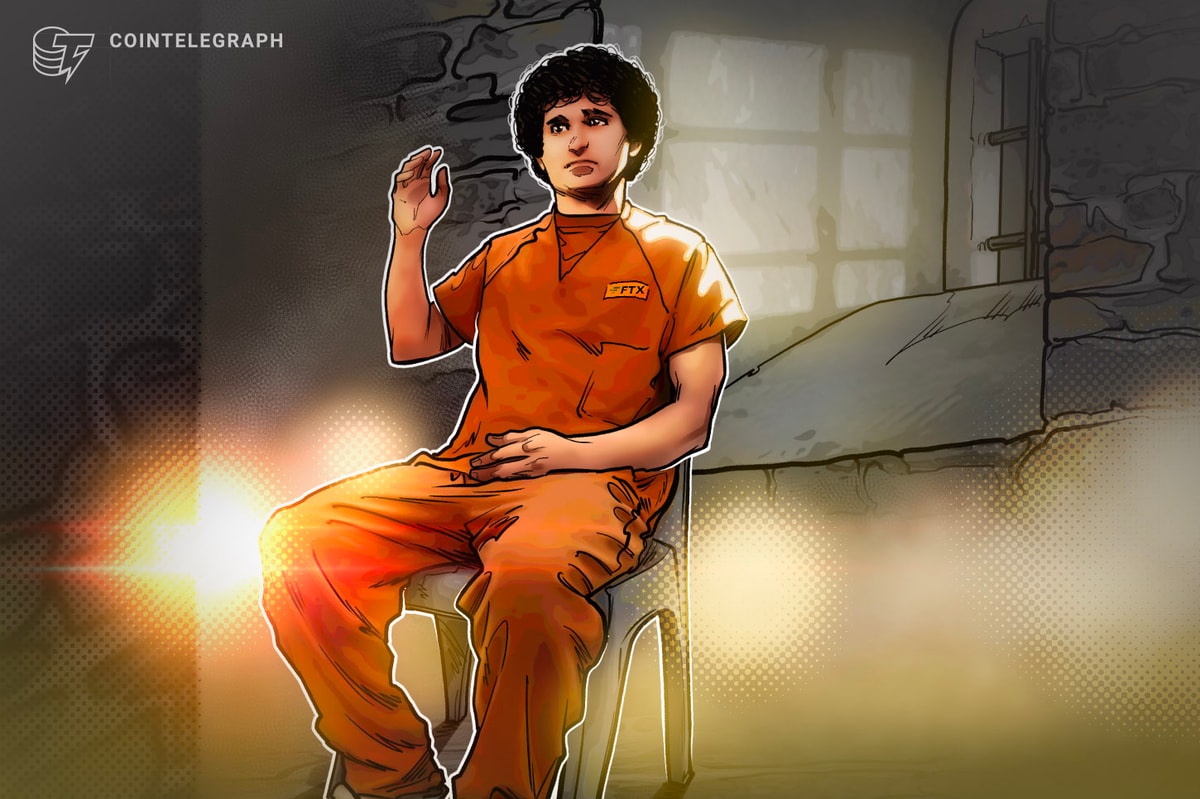
One of the key narratives around Bitcoin has always been that it is a math-based, apolitical currency. In other words, the digital cash system was set up in a way that prevents political entities from altering the rules of the network. “The nature of Bitcoin is such that once version 0.1 was released, the core design was set in stone for the rest of its lifetime,” Bitcoin creator Satoshi Nakamoto once put it.
Having said that, the possibility of making changes to the Bitcoin protocol is a possible vector for political attacks. With enough support from the Bitcoin-using public, a fork could spell trouble for those who wish to continue playing by the original rules of Bitcoin, such as the costs associated with operating a full node (and thus limiting third-party trust at the base layer) or the digital currency’s monetary policy.
Bitcoin miners signaling support for specific protocol changes is sometimes mistaken for a vote on the rules of Bitcoin, but it’s unclear if there is much of a connection between what miners want and how speculators will react once they are able to trade two different digital currencies based off the distribution of bitcoins at a specific block height.
Political Mining Pools
In the context of the current scaling debate, a few mining pools in particular have been extremely adamant in their support for specific visions of how the the protocol should evolve in the future. ViaBTC and Bitcoin.com’s support for Bitcoin Unlimited has been the most obvious example of this phenomenon.
The idea is that miners who wish to see a hard-forking increase to bitcoin’s block size limit (by way of Bitcoin Unlimited’s concept of emergent consensus) implemented into Bitcoin can point their hashrate at these particular mining pools. Supporters of this sort of philosophy have argued that 60 percent of the overall network hashrate may be all that is needed to activate this kind of change in Bitcoin.
But Miners Don’t Control Bitcoin
The main issue with the concept of mining pools choosing to promote a specific vision for Bitcoin’s consensus rules is that these actions have no bearing on what will happen once a new, forked version of Bitcoin is available to trade against the original version of Bitcoin. While miners can indicate their support for a specific proposal, it’s the users who will decide whether a successful hard fork has happened, an altcoin has been created or the new version of Bitcoin has any support at all.
On top of that, it is oftentimes difficult to tell the difference between a hard fork and an altcoin at first glance.
Miners are in the business of Bitcoin to earn block rewards, including transaction fees. When a hard-forking change to Bitcoin is attempted, the end result is two digital currency networks by default (the original network without the rule changes and the new network with the proposed upgrades).
Instead of enforcing rules on users, miners should respond to profit incentives. If a hard fork is activated and users remain on the original chain (thus assigning more value to the block rewards on that chain), miners will follow the more lucrative block reward and stick with the original chain as well — or waste money.
Technically, miners could decide to act against their own interests and mine the less profitable chain. They could even attempt to force their proposed rule changes on users by attacking the original chain. But from the perspective of users, this would not be much different from any nefarious actor taking control of a large amount of hashpower and attacking the network (usually referred to as a 51% attack). In such a scenario, users can deploy a hard fork to change Bitcoin’s proof-of-work algorithm, which would effectively make the miners’ expensive ASIC mining hardware worthless.
In short, the signaling of support for specific protocol changes or political views by mining pools may be useful as nothing more than a marketing tactic. Those who wish to see hard-forking changes implemented in Bitcoin need to talk with Bitcoin users, not miners.
Are There Better Options for Gauging Support for Changes to Bitcoin?
Making any contentious change to Bitcoin via a hard fork or soft fork is difficult, but not impossible. Many soft-forking changes have been made to Bitcoin in the past, but an intentional hard fork for the purpose of changing the rules of the network has arguably never been executed.
The difficult aspect of the hard fork as compared to a soft fork is that everyone has to update their software for it to work. With a soft fork, it is said that changes can be implemented on an opt-in basis because they are backward compatible. However, some dispute this declaration as soft forks have the potential to lower the security of nodes that do not upgrade. Blockstream Co-Founder Pieter Wuille disputes this claim.
Gauging support for a hard fork is a difficult task. The developers behind Ethereum thought the hard fork to bail out DAO token holders would be such a no-brainer that they recommended exchanges not to worry about securing coins on the old chain. This led to the loss of vast amounts of customer funds on exchanges, such as BTC-e, once it became clear that the old chain still had support from a segment of the overall Ethereum community.
The lack of useful tools for estimating support for hard forks is one of the reasons soft forks are preferred by the current crop of Bitcoin Core contributors. Soft forks as implemented via BIP 9 can motivate users to react with their own hard fork, but the split chain is not the default (as it is with hard forks).
At this point, there are coin-voting mechanisms such as Bitcoinocracy and HODL.voting that show potential, but it’s unclear if either of these options will lead to completely correct predictions. Coin-voting mechanisms were also used as the basis for the false prediction that the Ethereum hard fork related to the DAO would not result in two chains.
In the past, prediction markets and futures contracts have also been proposed as a method of gauging support for a change to Bitcoin’s consensus rules.
Right now, the best way to gauge support for a hard-forking change to Bitcoin, such as an increase to the block size limit via Bitcoin Unlimited’s model of emergent consensus, may be to execute the fork and see how the market responds.









